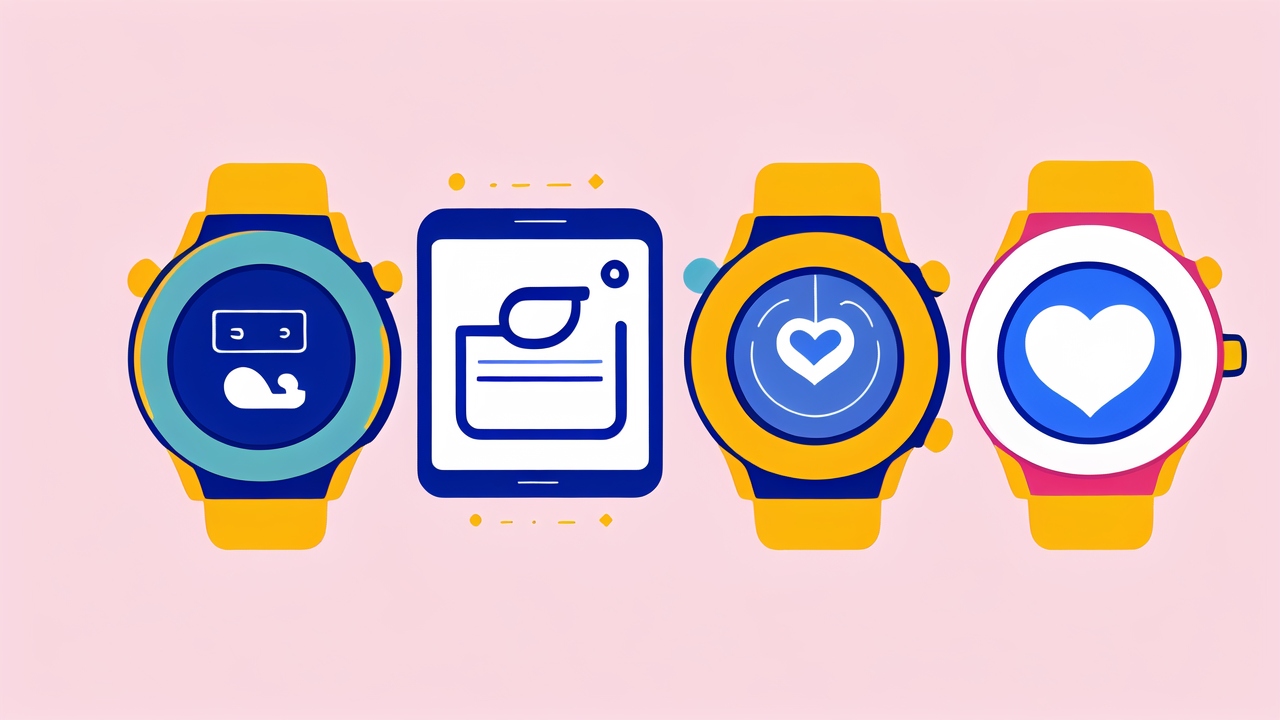Understanding the Intersection of Fashion and Technology
The Emergence of Smart Clothing
Smart clothing is a growing trend in the fashion industry. It combines traditional fabrics with high-tech features. These garments can monitor health, track fitness, and even change color. Smart clothing uses sensors and conductive threads to gather data. This data is then sent to a smartphone or other device for analysis. Some examples of smart clothing include:

- Shirts that measure heart rate
- Socks that track running form
- Jackets with built-in heating elements
As technology advances, smart clothing is becoming more practical and stylish. It's no longer just for athletes or tech enthusiasts. Everyday consumers are now interested in these innovative garments.
The Role of Digital Watches in the Fashion Industry
Digital watches have come a long way since their introduction. They are now a staple in the fashion industry. These watches offer both style and functionality. Many luxury brands now produce digital watches alongside traditional timepieces. Digital watches can:
- Display notifications from smartphones
- Track fitness activities
- Make contactless payments
- Show weather forecasts
Fashion designers are incorporating digital watches into their collections. They see them as accessories that complement various styles. The sleek design of modern digital watches appeals to fashion-conscious consumers.
Challenges and Opportunities in the Market
The integration of digital watches and smart clothing faces some challenges. One issue is battery life. Smart garments need power to function, which can be inconvenient. Another challenge is washing these high-tech items. However, these challenges also present opportunities for innovation. Companies are working on:
- Developing longer-lasting, flexible batteries
- Creating washable, durable smart fabrics
- Improving the user interface of wearable devices
There's also an opportunity to create seamless interactions between digital watches and smart clothing. This could lead to a more integrated wearable ecosystem. As the technology improves, we may see more widespread adoption of these smart fashion items.
The Impact of Digital Watches on Consumer Behavior
Tracking Daily Activities with Advanced Analytics
Digital watches have revolutionized how people track their daily activities. These devices offer advanced analytics that go beyond simple step counting. Users can now monitor:

- Sleep patterns
- Stress levels
- Heart rate variability
- Calories burned
This wealth of data helps users make informed decisions about their health and fitness. Many people use their digital watches to set and track personal goals. The constant feedback encourages users to stay active and maintain healthy habits. Some watches even offer coaching features based on the collected data.
Personalization and Customization in Smart Fashion
Digital watches allow for unprecedented levels of personalization. Users can customize watch faces to match their outfits or mood. Some watches offer interchangeable bands for different occasions. This customization extends to the functionality of the watch as well. Users can:
- Choose which notifications to receive
- Set up personalized health alerts
- Create custom workout plans
Smart clothing is following suit, with some garments offering customizable features. For example, some jackets allow users to adjust the temperature. This level of personalization makes smart fashion more appealing to a wider audience.
The Influence of Digital Timepieces on Fashion Trends
Digital watches are not just functional devices; they're also fashion statements. Many people choose their watch based on its looks as much as its features. This has led to collaborations between tech companies and fashion designers. These partnerships result in stylish, tech-savvy accessories. Digital watches have influenced fashion trends in several ways:
- Minimalist designs are popular, mirroring the clean lines of digital displays
- Metallic and matte finishes are common, inspired by tech aesthetics
- Larger watch faces are trendy, accommodating touch screens and displays
As digital watches become more fashionable, they're being worn in more formal settings. This blending of tech and fashion is changing how people accessorize.
Future Directions for Digital Watch Integration
Innovations in Smart Clothing Technology
The future of smart clothing looks promising. Researchers are developing new materials and technologies. These innovations could make smart clothing more practical and appealing. Some exciting developments include:

- Fabrics that change color or pattern on demand
- Clothes that adjust to temperature changes
- Garments that can charge devices through movement
Digital watches may play a key role in controlling these smart clothes. They could serve as a central hub for managing various smart garments. This integration could lead to a more seamless wearable experience.
The Importance of Interoperability in the Wearable Ecosystem
For digital watches and smart clothing to work well together, interoperability is crucial. This means different devices and brands need to communicate with each other. Currently, many wearables use proprietary systems that don't work with other brands. In the future, we may see:
- Open standards for wearable device communication
- Platforms that allow different brands to share data
- Improved compatibility between smartphones, watches, and smart clothing
Interoperability would benefit consumers by giving them more choices. It would also encourage innovation as companies compete to offer the best features.
Regulatory Considerations and Consumer Privacy in the United States
As smart fashion collects more data, privacy concerns are growing. In the United States, there are ongoing discussions about regulating wearable tech. Key issues include:
- Data security and protection against hacks
- Transparency about what data is collected and how it's used
- Consumer rights regarding their personal data
Policymakers are working to balance innovation with consumer protection. Companies in the smart fashion industry will need to stay informed about changing regulations. They'll also need to build trust with consumers by prioritizing data privacy and security.




Leave a comment
This site is protected by hCaptcha and the hCaptcha Privacy Policy and Terms of Service apply.